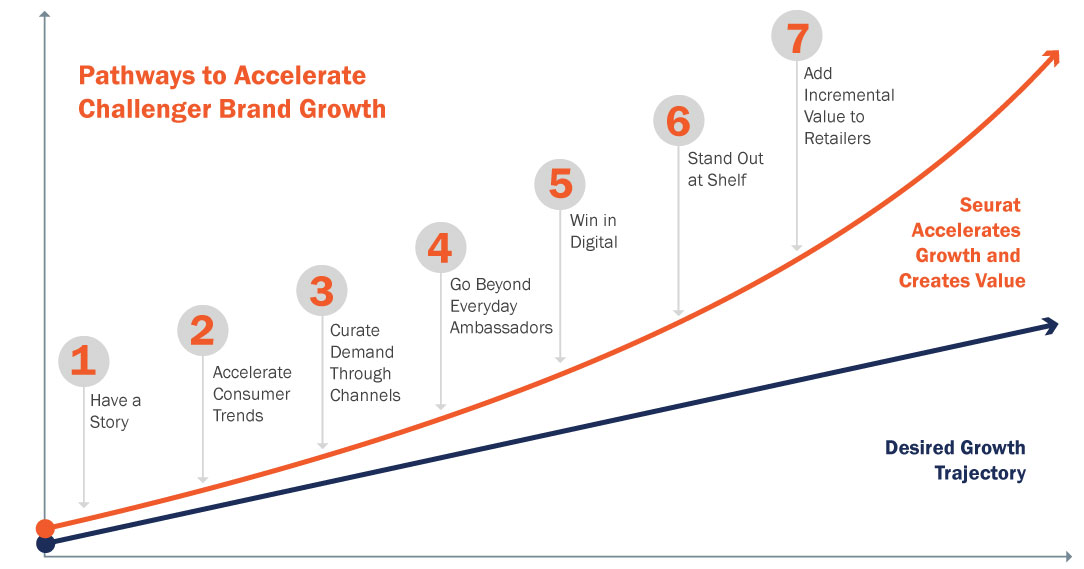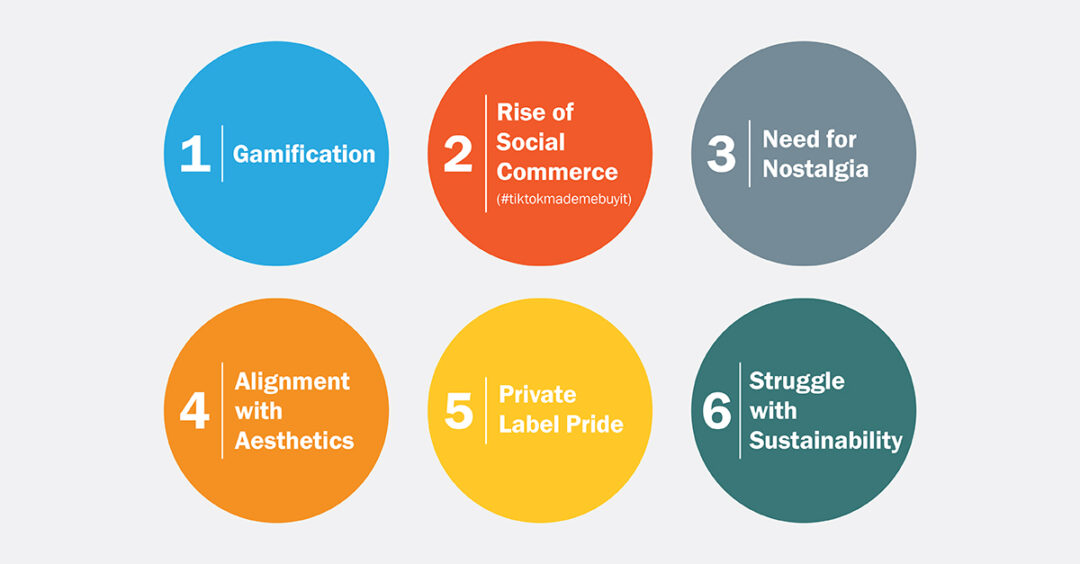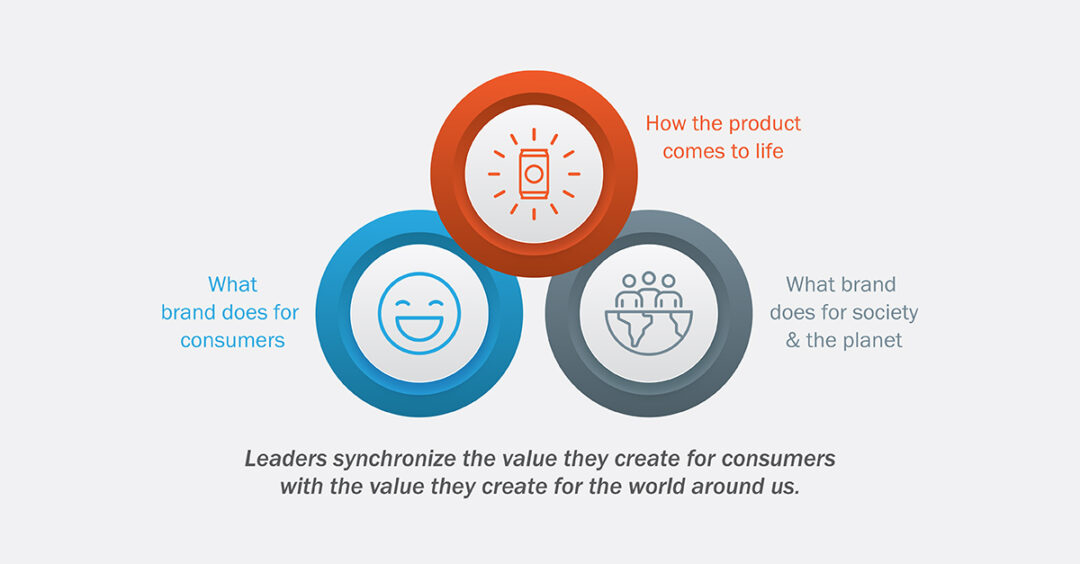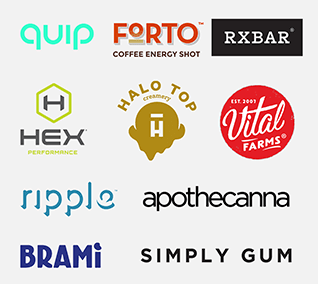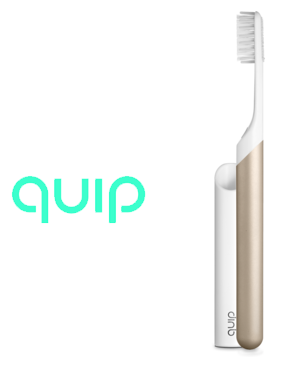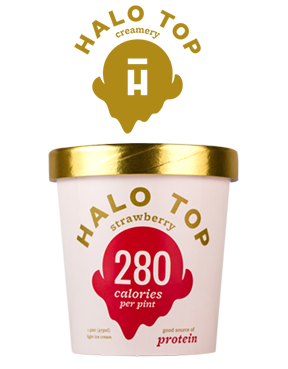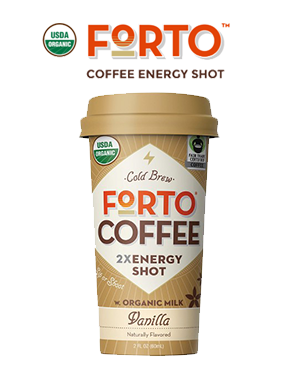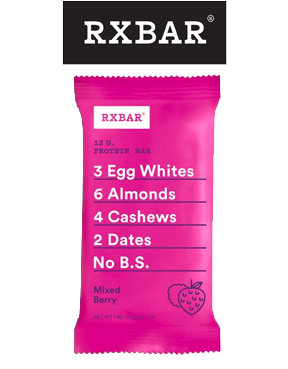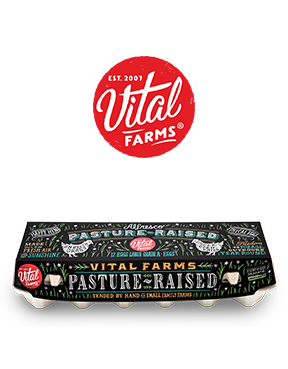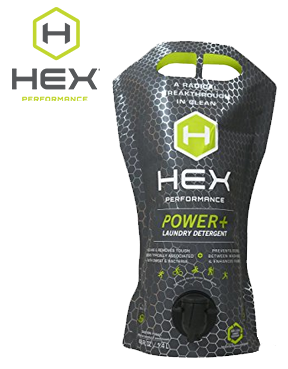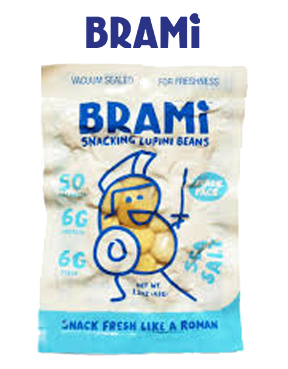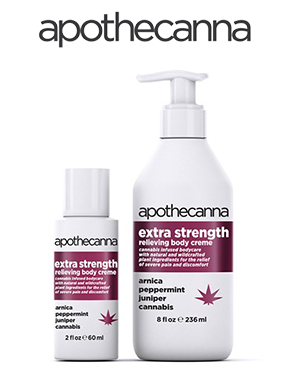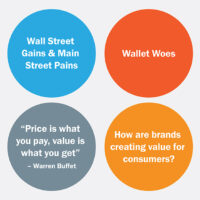
Challenger Brand Study 2016
Challenger Brand Study 2016
The Decade of the Challenger Brand
The only constant in the Consumer Packaged Goods (CPG) industry today is disruptive change. It can feel overwhelming, but we at the Seurat Group take comfort in our belief that the more things change, the more the foundation for success remains the same: it all starts with the consumer.
Brands are merely people that build trusted relationships with consumers. When established brands become misaligned and are not able to deepen relationships with existing consumers and attract new ones, an opportunity
arises for an emerging brand to fill that void.
Those brands that authentically connect with consumers’ needs, values and community can become Challenger Brands.
Challenger Brand
\’cha-lən-jerˈbrand\
A brand that stimulates long-term growth by disrupting the dynamics of an established category or creating
a new one.
The Decade of the Challenger Brand
We believe the Challenger Brand trend will only accelerate and become the most defining and disruptive force in CPG this decade for two primary reasons:
 Larger CPG firms have difficulty orienting towards a total category approach, beyond the positioning of their established brands, to deliver against consumers’ changing expectations within a category.
Larger CPG firms have difficulty orienting towards a total category approach, beyond the positioning of their established brands, to deliver against consumers’ changing expectations within a category.
 The barriers to entry for emerging brands are lessening with channel fragmentation. Retailers are hungering for new growth and greater resources available to build these brands
The barriers to entry for emerging brands are lessening with channel fragmentation. Retailers are hungering for new growth and greater resources available to build these brands
The 2016 Study
The goal of this year’s study is to celebrate the brands that are poised to emerge as Challenger Brands this decade and to illustrate the behaviors and practices that allow them to do so.
We believe within every brand lies a Challenger opportunity and we hope this study allows our clients to unlock their Challenger within.
This year’s study again draws upon our network of industry experts, from manufacturers and retailers to brokers and distributors, and our deep experience across categories. The big changes in this year’s study are twofold:
 Our Top 10 Challenger Brands are, on average, smaller in revenue size than the brands featured last year, reflecting our belief that Challenger brands ‘get it right early’ with proof of concept and execution occurring within channels and regions.
Our Top 10 Challenger Brands are, on average, smaller in revenue size than the brands featured last year, reflecting our belief that Challenger brands ‘get it right early’ with proof of concept and execution occurring within channels and regions.
 Our Challenger Brands are found across the store, unlike last year’s brands, which were primarily focused in Food and Beverage. This demonstrates that disruption is not category specific; rather, every category is subject to disruption.
Our Challenger Brands are found across the store, unlike last year’s brands, which were primarily focused in Food and Beverage. This demonstrates that disruption is not category specific; rather, every category is subject to disruption.
TOP 10 CHALLENGER BRANDS 2016
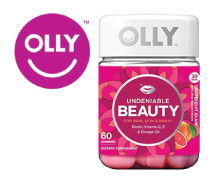
Multivitamins & Wellness Boosts
Olly’s bright, simple packaging with focus on consumer-friendly benefits (e.g., Sleep, Beauty, Bones) in a disruptive brand block at shelf allows it to break through amongst a sea of confusing, “scientific” vitamin brands, categorized alphabetically at shelf.
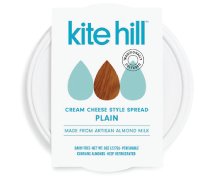
Plant-Based Dairy Alternatives in Cheese, yogurt, cottage cheese
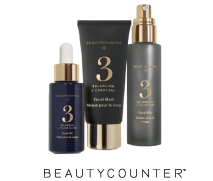
Cosmetics & Personal Care
While many brands and retailers are hesitant to talk about ingredient safety, Beautycounter has brought the issue front and center. Bypassing traditional retail in favor of direct to consumer sales, Beautycounter sets itself apart by publishing and sticking to its “Never List” – a list of ingredients never found
in their products.
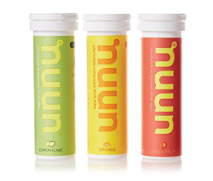
Electrolyte Tablets
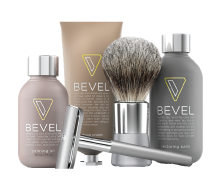
Men’s Shaving System
Walker and Company’s mission is to make Health and Beauty simple for people of color. The Bevel Shave System, their first line, established a strong presence online, and is now launching into Target stores. Riding this multi-cultural wave, the brand is positioned to enter multiple segments to better cater to needs experienced by people of color.

Breakfast & Dessert Mixes
consumers want – fiber, protein, and whole grain – and creating new segments like minute microwave muffin cups that align well with consumer needs for healthy, convenient options.
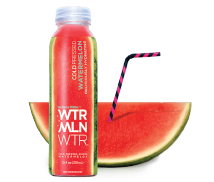
Cold-Pressed Watermelon Juice
Already making a splash with A-list celebrities, WTRMLN WTR is exploiting a new segment of the cold-pressed juice category with their raw, electrolyte and vitamin filled watermelon juice. The brand uses “damaged” melons from family owned farms, allowing farmers to make a profit from what would have previously been wasted and appealing to consumers’ needs for sustainable and traceable brands.

Ketchup, Mustard, Mayonnaise

Single-serve entrees, chicken & beef alternatives
Similar to non-dairy alternatives, the potential of great tasting, plant-based meat alternatives in the traditional meat case is significant. The brand has aspirations to improve human and environmental health, and animal welfare by bringing meat-free to more consumers for more occasions.

Notebooks, pencils, folders, etc.
With support from celebrity-investor Usher and expertise from Yes To founder Ido Leffler, Yoobi is disrupting the Arts & Crafts supplies space with its “Buy 1 Give 1” model and emphasis on continually introducing fresh, fun designs.
Challenger Brand “Algorithm” for Growth
While our Top 10 Challenger Brands play across different spaces, they all share similar behaviors and practices that form the algorithm to accelerate growth.
We call this algorithm the Challenger Brand Accelerator curve, and have summarized each step using examples from our Top 10 Brands.
While each step is critical by itself, challenge-worthy growth occurs when they all work together seamlessly to change consumer dynamics and truly disrupt an established category.
Challenger Brand Accelerator Steps
 HAVE A STORY:
HAVE A STORY:
Communicate a compelling, differentiated ‘reason for being’ that authentically connects with your target consumers’ needs, values and communities.
 ACCELERATE CONSUMER TRENDS:
ACCELERATE CONSUMER TRENDS:
Aggressively innovate against growing consumer trends; or simply put, pour gasoline on what’s working rather than trying to fix what is not.
 CURATE DEMAND THROUGH CHANNELS:
CURATE DEMAND THROUGH CHANNELS:
Manage channels with a view towards the demand landscape, specifically using incubator channels as a marketing vehicle to build one-to-one relationships with your target consumers.
 GO BEYOND EVERYDAY AMBASSADORS:
GO BEYOND EVERYDAY AMBASSADORS:
Embrace and continuously invest in category influencers to create a tribe of ambassadors leading a groundswell movement for your brand.
 WIN IN DIGITAL/E-COMMERCE:
WIN IN DIGITAL/E-COMMERCE:
Over-invest in ecommerce, digital, and social to establish “proof of demand” and build a platform for consumer education, insights, and engagement that cascades across the demand landscape.
 STAND OUT AT SHELF:
STAND OUT AT SHELF:
Ensure that your brand has stopping power and communicates your “story” at shelf; most consumers will meet Challenger brands at retail.
 CURATE ADD INCREMENTAL VALUE TO RETAILER:
CURATE ADD INCREMENTAL VALUE TO RETAILER:
Help retailers drive differential category growth and achieve their strategic goals in order to increase retailer engagement to brand plans.
How do Our Challenger Brands Bring These Strategies to Life?
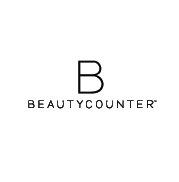
1. Have a Story
Beautycounter sets itself apart from other cosmetics and personal care brands via their intense and clear focus on ingredient safety. They position themselves as pioneers of safe ingredients by providing educational resources, conducting proprietary research, and prioritizing organic, natural, and plant-derived ingredients.
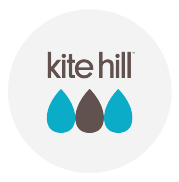
2. Accelerate Consumer Trends
Though the dairy-free milk category has been disrupted hugely over the past several years, kite hill takes it a step further by expanding that successful trend into other dairy segments such as yogurt, cream cheese, and cheese spreads that have been less of a focus for recent dairy alternative entrants.
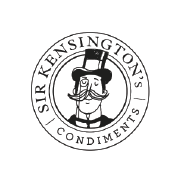
3. Curate Demand Through Channels
Sir Kensington’s built the buzz around their brand by becoming the condiment of choice in locations like the Ritz Carlton, Bareburger, and The Spotted Pig, where the most ingredient conscious, trend-forward consumers count on finding high quality, buzz-worthy brands.

4. Go Beyond Everyday Ambassadors
Nuun’s mission is to inspire healthier, happier, and more active lifestyles. To that end, Nuun partners with over 300 athletes nationwide, ranging from amateurs to Olympians, with the end goal of inspiring others to become more active, and demonstrating that optimal hydration is a must for everyone — not just elite athletes.
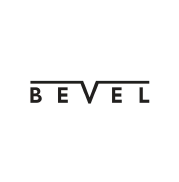
5. Win in Digital/E-commerce
Bevel’s website communicates not only their brand vision and product information, but their blog, “Bevel Code,” a resource for information on lifestyle and grooming trends, and lets them connect better with target consumers. After establishing success online with with direct to consumer sales, the brand is launching into physical Target stores.
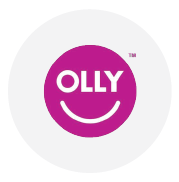
6. Stand Out At Shelf
Olly’s brand block of brightly colored, consumer-friendly benefits (e.g., “Sleep,” “Beauty”), disrupts the sea of alphabetically organized, jargon-heavy vitamin and supplement bottles that shoppers are accustomed to seeing in the aisle today.
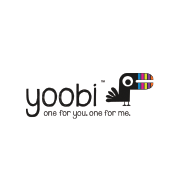
7. Add Incremental Value to Retailer
Yoobi’s “Buy 1 Give 1” model provides a dual benefit to retailers; first, by driving socially conscious shoppers to trade up from less expensive brands, and second, by creating a halo effect where retailers benefit from being seen supporting socially conscious brands.
Conclusion
No matter the size of the brand or position in a category, true revenue growth is available by unlocking the Challenger within. Take a category approach to identify where and how to deepen relationships with existing consumers and attract new ones by authentically connecting with consumers’ needs, values, and community.
Though the brands celebrated here are younger in their growth trajectory, we truly believe that every company should consider these brands’ lessons and growth algorithms as part of their annual planning in order to disrupt and drive new growth in their categories.
To learn more about Challenger Brands or the Brand Accelerator curve, please contact us at info@seuratgroup.com.

